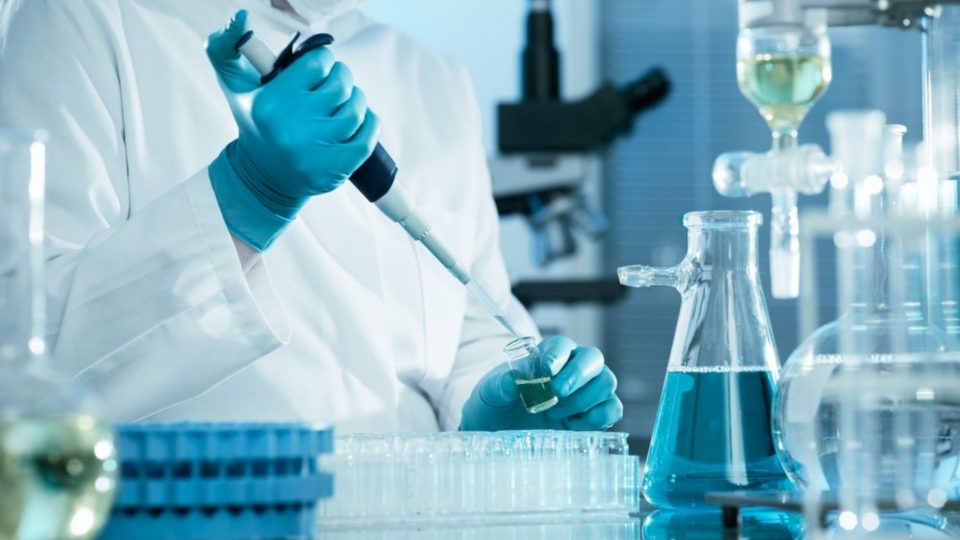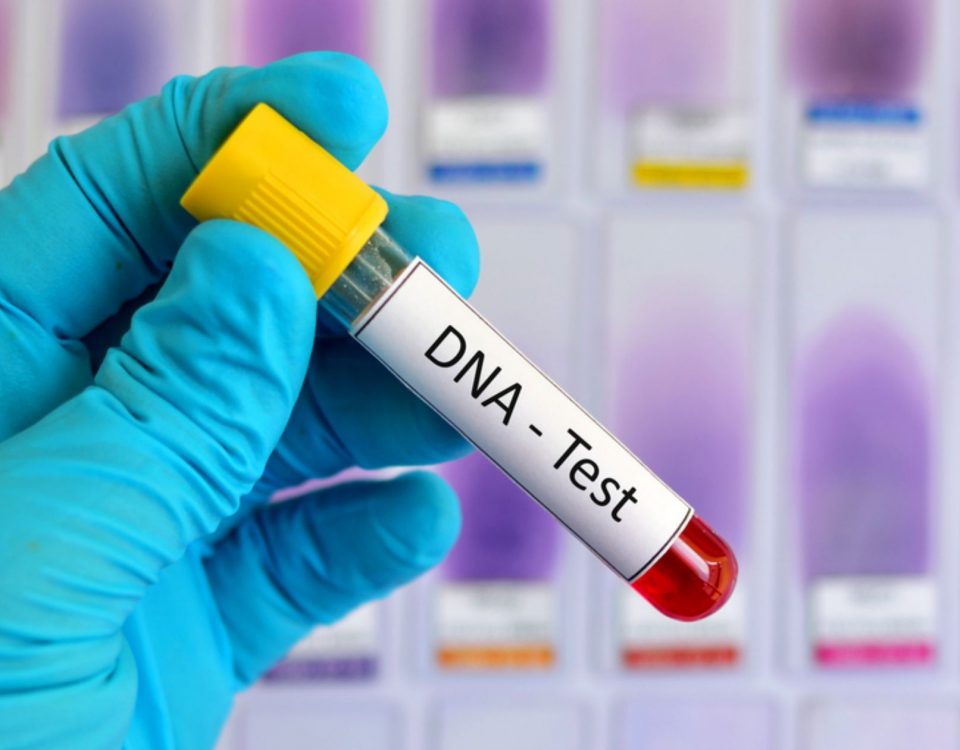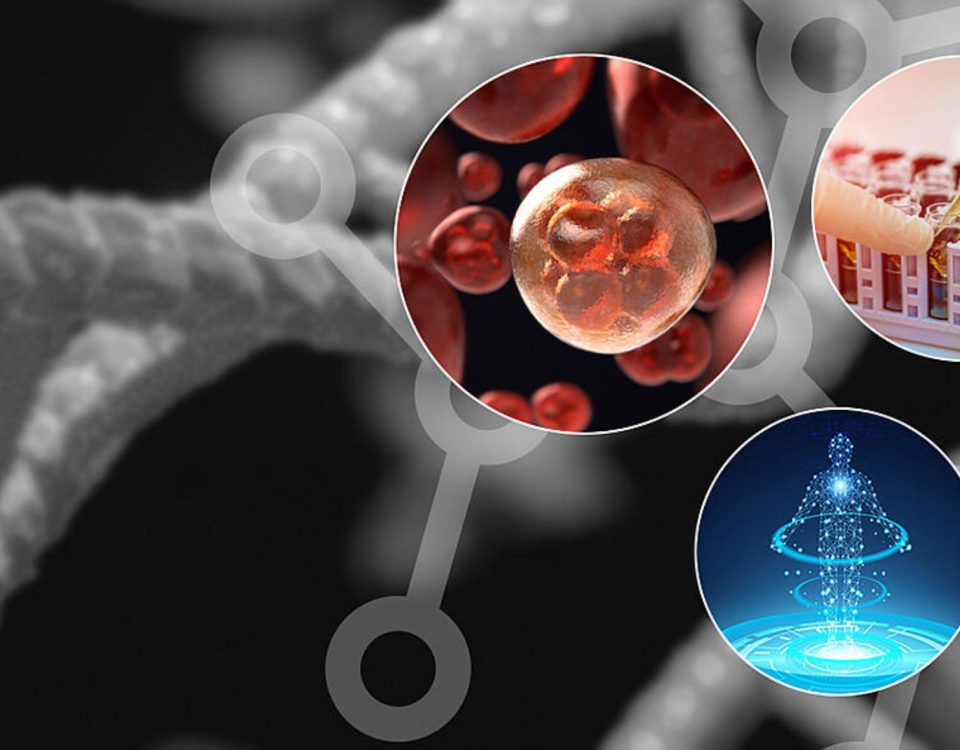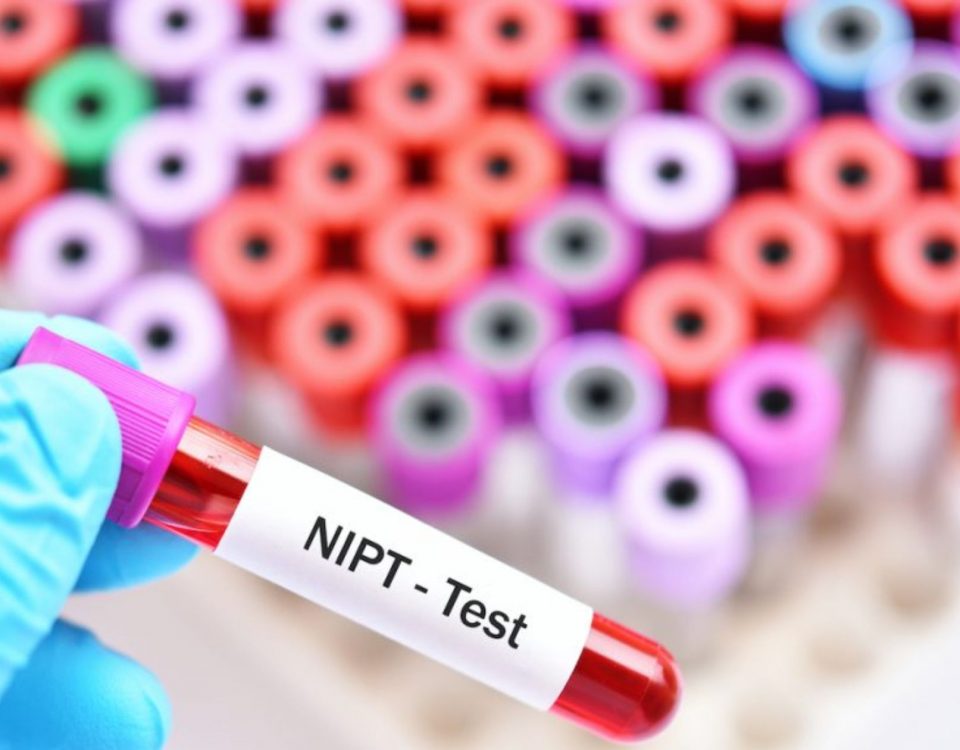
Get to know about some benefits and risks of direct-to-consumer genetic testing
November 18, 2021
Use of fetal DNA to find reasons for miscarriage
November 24, 2021In recent times, technology has progressed. Now, scientists can create DNA fingerprints with much smaller DNA samples. You can say that a suspect can be identified from a drop of blood instead of a pint. New technologies such as Next Generation Sequencing (NGS) can give results much more quickly and at a lower cost than older methods.
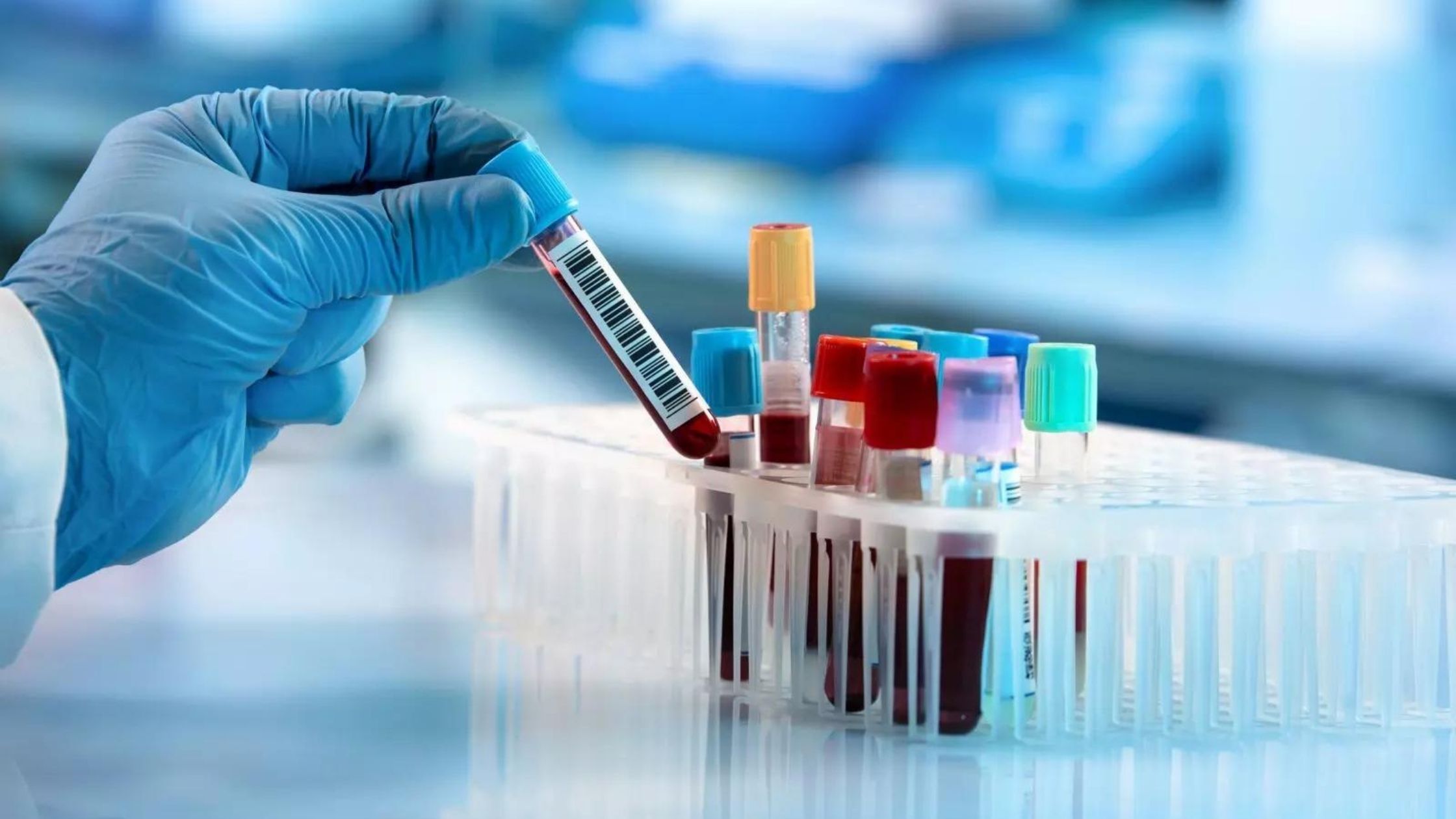
In the future, it is sure that instead of just comparing evidence from a crime scene to a known suspect, we will use DNA from crime scenes to make descriptions of potential unidentified victims via a method called DNA phenotyping. This is a good technique that has the potential to help reduce discrimination by preventing police from targeting the wrong people due to racial bias. Now, Police use this method to help identify victims from cold cases.
Furthermore, the technology supporting forensic genetics is improving. But, the science behind DNA phenotyping is still controversial. Many scientists declare that companies such as Parabon Nanolabs and Identitas promise far more than they actually can deliver. It is also true that police may use these companies to open new leads; evidence from DNA phenotyping is not currently permitted in courts to convict defendants. Though, police increasingly use DNA phenotyping; the main thing is that it is also very important to consider what role it should eventually play in the justice system.
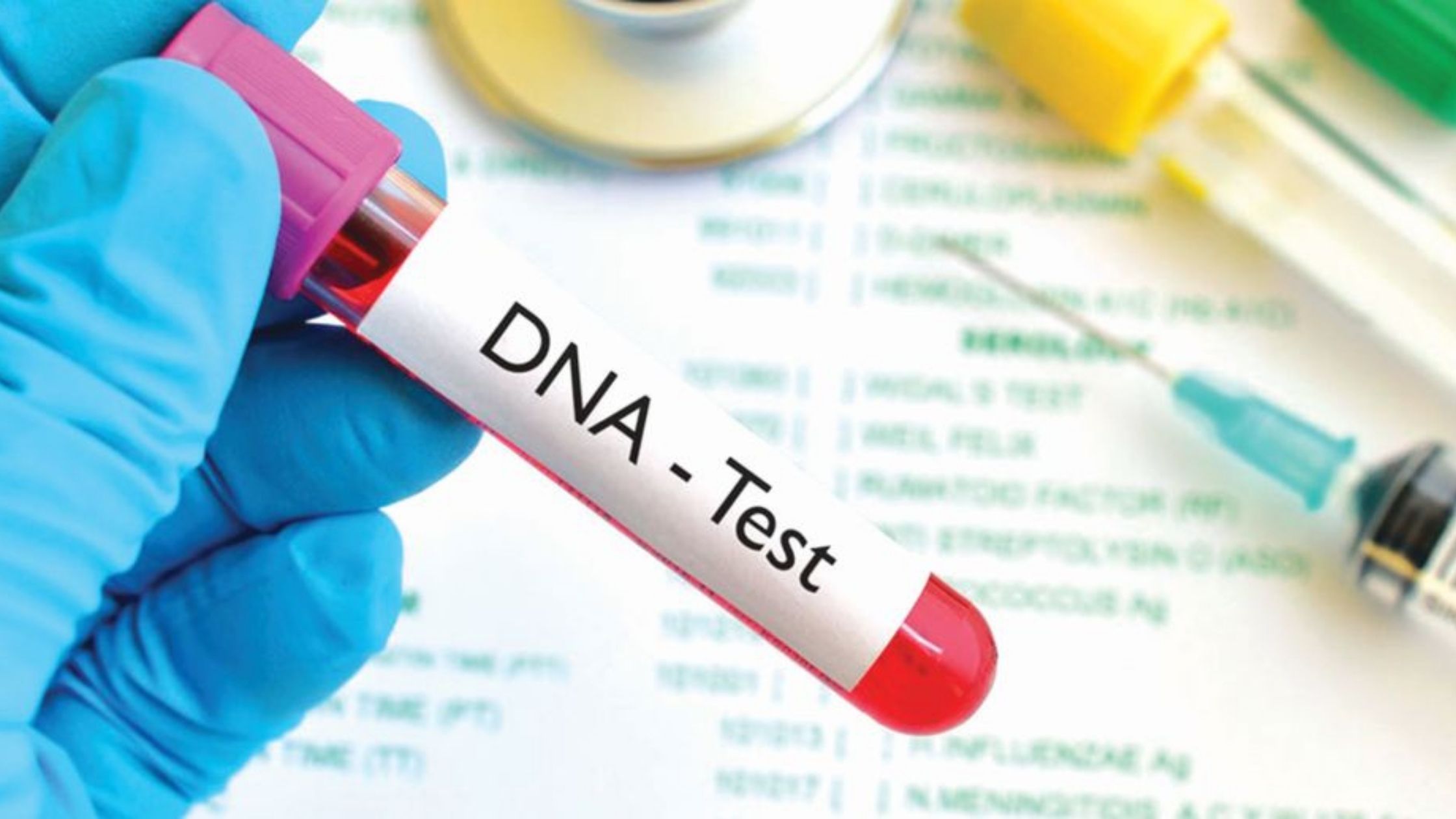
Because of the new researches, DNA testing in forensics science is considered a powerful tool in solving complex cases. As technology improves and the applications of DNA sequencing expand, we hope that one day our DNA testing in the forensics lab will catch up to the science fiction of television.

